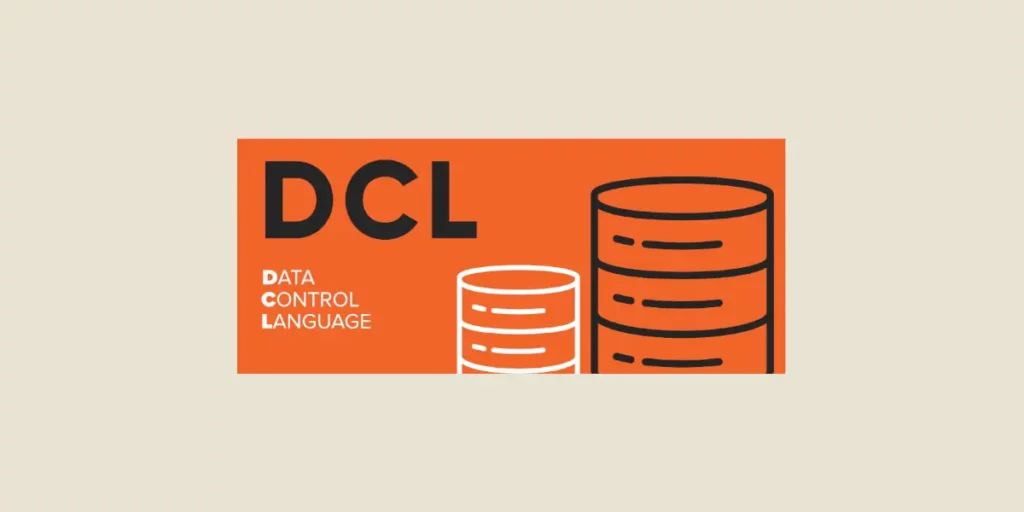In the realm of database management, securing access rights is equally vital as the storage and manipulation of the data itself. It’s of paramount importance to guarantee that only those with authorization can access or modify confidential data. To this end, the Data Control Language, or DCL, plays a crucial role. DCL (Structured Query Language) is a subset of SQL utilized for managing permissions and access to data within a relational database.
What is DCL?
DCL encompasses a collection of SQL commands designed to allow the granting or revoking of privileges to database users. Whereas the DDL (Data Definition Language) pertains to the structure of database objects, and the DML (Data Manipulation Language) concerns the management of data, DCL zeroes in on data security. Its objective is to delineate who has access to specific data and the extent of their rights.

The role of DCL in access management
For organizations dealing with sensitive information, like financial records or customer details, data security is critical. DCL enables database administrators to tailor access rights according to individual user requirements, thus significantly reducing the risk of security infringements. For instance, an employee in a particular department might require access to certain data but should not be permitted to alter it.
DCL further supports the dynamic management of access, particularly as user roles evolve or as individuals depart the company. Access can be withdrawn promptly, safeguarding data security.
Main DCL commands
1. GRANT: Granting rights
Administrators have the discretion to grant privileges covering various crucial aspects of data handling. For example, the SELECT permission enables a user to view table data, while the INSERT option allows them to introduce new data. Additionally, the UPDATE privilege permits the modification of existing records, and the DELETE permission facilitates the removal of data. Lastly, the EXECUTE right enables the execution of stored procedures, thus allowing for specialized tasks within the database to be automated.

2. REVOKE: Removing rights
The REVOKE command is instrumental in withdrawing privileges that have been previously granted. It plays a crucial role in ensuring that users possess only the rights required at any given moment. For example, a change in an employee’s role could render certain rights obsolete, necessitating their revocation to maintain security.
The two primary commands of the Data Control Language (DCL), GRANT and REVOKE, are fundamental in managing user privileges within a database. Initially granted rights with the GRANT command may subsequently need to be retracted due to changes in roles or security mandates, using the REVOKE command to eliminate these privileges and ensure each user has only the rights essential for their current responsibilities.
Hence, meticulous management of permissions through these commands ensures a secure, regulated database environment, where users can only access or modify data pertinent to their roles.
The importance of DCL in database security
1. Protection of sensitive information
By constricting rights of users, DCL safeguards crucial data from unauthorized access. Access should be limited to information necessary for a user’s role, thereby diminishing the risk of security breaches or unintentional data manipulation.
2. Centralized rights management
DCL further facilitates centralized management of access rights, which simplifies the administrator’s task. Instead of individually managing privileges for each user, roles can be employed to categorize users. Every role can be assigned a pre-defined set of privileges; for instance, an “analyst” role might include read-only rights, whereas a “manager” role could encompass data modification rights.
3. Reduction of human errors
By assigning rights with precision, DCL aids in mitigating the risk of human errors. A user with solely read rights, for instance, cannot inadvertently modify or delete significant data.

Best practices for using DCL
To ensure the efficient management of access rights, adherence to certain best practices is imperative. The principle of least privilege should be employed, granting each user only the necessary privileges to execute their tasks. It is vital to regularly review privileges to verify they remain aligned with the user’s current requirements. Utilizing roles to categorize users simplifies the management of rights. Additionally, maintaining logs of user access is essential for monitoring and identifying any unauthorized attempts at data access.
Conclusion
The Data Control Language (DCL) is indispensable for managing access and ensuring the security of databases. By employing the GRANT and REVOKE commands, administrators can protect sensitive information while making sure every user has access to the data necessary for their role. Thus, DCL cultivates a secure environment that prevents data breaches, a paramount concern for any contemporary organization.










